Adaptive strategy
What is strategy?
It is a question I have asked many clients and audiences throughout the years.
In the vernacular of business, strategy is one of the big words, customarily uttered with no small degree of apparent importance. Everyone agrees that firms must have one. Few appear to agree precisely on what the term entails.
Oh, there are, as has been detailed both in my own work and that of others (Henry Mintzberg most notably), what I suppose one might call broad groupings. Most commonly, strategy is taken to mean either
- a plan, a “how,” a means of getting from a here to there,
- a pattern in actions taken over time,
- a position that reflects decisions to offer certain products or services in certain markets to certain customer segments, or
- a perspective, what one might call a vision or direction.
However, if we take but one step back and look at these four standard definitions not individually but collectively, we will quickly realize that they are not just different, but so different as to almost be each other’s counterparts. A plan is the result of direct control and deliberateness before any event, whereas a revealed pattern is the outcome of indirect control and emergence after the fact. Similarly, a position is where one is, while a direction is indicative of where one wants to be and therefore per definition cannot be.
Although one may speculate as to why this is (schools of thought emerging in response to others, a human evolutionary affection for the overly simplistic or mere argument on behalf of one’s own creations), it leads a potentially inefficient strategic conversation. If we not only presume to know what strategy means but also that everyone else shares the interpretation, we may end up speaking past one another without so much as an idea that we are.
The counterpoint to my argument is that out of the four, strategic planning is most pervasive. The minutiae of what any one individual takes strategy to mean would therefore be irrelevant; what ultimately matters are the words on page. Yet this merely moves us one step down the line; the same underlying assumption of universal interpretation exist, albeit in regard to many words (the formalized plan) rather than the one (strategy).
To make matters worse, this assumption is central to the very idea of strategic planning. It separates, by design, thinking from doing under the Tayloristic expectation that it would be best for all involved. Merely formulate the strategy, demand alignment, and success will be all but guaranteed.
Alas, the practical reality is altogether different. Things in the everyday corporate world tend to go wrong. If the strategist has failed to correctly diagnose the problem, the strategy will fail to solve it. If the strategist has managed to correctly diagnose the problem, they might fail to convince others to agree with the proposed solution, and the strategy will fail to be executed as intended. If the strategist has managed to correctly diagnose the problem and to convince others to agree with the proposed solution, there will still be internal interpretation and external interference by competitors, market forces and world events, and the strategy will fail to be realized as intended. And even that is assuming that the problem is one that can be solved in the first place.
The list of things that make strategies succeed or fail is near endless, and many of them have nothing to do with the strategy itself. Just as a lot of companies make it not because of their competencies but despite their incompetencies, a lot of strategies succeed despite their faults as those executing them are able to work around the problems. The reason why we habitually do not to see the constraints, the surprises, the shit that happens, is because people handle them. Of course, conversely, a lot of good strategies fail because people are incentivized not to execute them properly or, for that matter, even at all. Few strategists take individual capability to act into account. Even fewer take individual willingness to act into account.
Planning also comes with an inherent predictability issue. While a number of companies undoubtedly have gone under due to their gross lack of foresight, many more have met their demise because they were unable to adapt to environmental change that they saw but fatally underestimated. History is littered with predictions of what would be yet never came to pass, but they are outnumbered by orders of magnitude by events that came to be yet nobody foresaw. Or for that matter could have been foreseen. Change is not a contrast, but a constant.
The last point is important. Most traditional strategic discourse comes out of neo-classical economic doctrine and, by extension, equilibrium theory. As a result, it is inherently reductionistic and assumes both the ability to pre-state all dated contingent goods and linear causality; if we do A then B will happen, and it will happen every time. Change is an irrelevant factor provided the plan is good enough.
This is demonstrably incorrect. Markets are not ordered. Consumers are not perfectly rational, nor are strategists. If they were, and markets indeed were closed equilibrium systems, there would not be creation, innovation and diverse growth of products and services on offer. Competitive advantages (in a broad sense) would never arise; a correct answer would exist and over time it would become common knowledge. All plans would be perfect.
Today, we know better. Science knows better. Economies, just like markets and firms, are complex adaptive systems. This means that they are, by their very nature, impossible to reduce or precisely predict. What appears to be evidence at one level of emergence looks like noise at another. Insights are not ‘the discovery of unrealized human truths’ but the detection of a weak signal with the potential to scale.
The perfect plan does not exist, regardless of how much time we spend on advanced analytics, big data collection or computer modeling. But even if it somehow did, it would be far too rigid to deal with reality; so fragile as to crumble upon first contact with life.
In complex adaptive systems, to paraphrase Nobel laureate Murray Gell-Mann, the only viable model of the system is the system itself – it is impossible to forecast anything complex with perfect accuracy regardless of how much data one manages to collect and analyze. Laplace’s demon does not exist in strategy other than in malevolent spirit.
The common notion that all companies fail because they did not plan ahead is thus unavoidably flawed; in a complex, ever-changing environment with input-output asymmetry, one cannot know what is to come. One can guess, obviously, but the most accurate guess – on average – will be that things will remain what they are in the short-term. Since we are blind to what will happen in the long-term, the self-evident conclusion is to merely keep doing more of the same. And, as most who have worked with strategy will know, that is also what strategic planning often becomes. After all, why change a winning recipe?
The problem is that it leads to strategic drift; a gradual deterioration of the relative quality of actions taken that eventually results in a complete loss of competitiveness and profitability. Naïve models work until they do not; at some moment in time, be it sooner or later, either something big will happen quickly (e.g., a pandemic) or small, gradual change will have accrued beyond a tipping point. Similarly, firms and their strategies are perpetually tested at the boundaries of their competence envelopes. If they have no capacity to stretch and adapt, a catastrophic loss of performance inevitably follows.
Unfortunately, the solution is not to merely do “better” strategic planning or hire “better” strategists. To reiterate my previous point, in a complex adaptive system, we cannot know precisely what will come, hence we cannot create a perfect plan except through dumb luck. This is why correlations between managers’ perceptions and objective measures have proven to be near zero, as likely to be negative as positive, and why the perception of variables specifically related to areas of expertise and specialization habitually are no more accurate than others’ perceptions of those same variables. That is to say, managers with strategy experience are as inaccurate in their estimates of strategy-related variables as managers without strategy experience.
The point is not that experience would be irrelevant – that would be a nonsense – but that even as our models improve, any strategist worth their salt has to be humble and open to adaptation; if unexpected events and patterns are discovered in practice, the correct thing to do is to change the strategy to match reality, not to try to change reality to match the strategy.
The common refrain of betting big on one everlasting robust idea defined by means of a formalized strategy document simply does not hold up to scrutiny. It may create a transient business advantage if the proverbial stars align, but is mathematically guaranteed never to lead to a sustainable one. There is simply too much inherent uncertainty and too many unforeseen consequences in complex environments. The only way to maintain success is to master adaptation to changing circumstances.
While all companies begin their journey with a concept of business, modern strategic management must be a mix of the proactive and the reactive, not one or the other. For most companies, there is no need to be reactive and fast-moving all the time. But they do need the capability to move fast when required, in a direction that is desired.
Adaptive strategy and the ABCDE framework manage this balance. Their central premise is praxis; theory-informed practice in a continuous learning cycle. However, unlike traditional schools of strategic management, adaptive strategy includes more than economics-adjacent fields in its theoretical underpinnings. While it leans on concepts from social sciences such as economics, anthropology, psychology and marketing, it also factors in discoveries made in, in particular, evolutionary biology, cognitive neuroscience and complexity science.
Adaptive strategy acknowledges that the only thing organizations can know for sure is that they cannot know everything. The ABCDE framework provides the tool with which to execute upon the insight. Combined, they enable companies to be prepared for surprises and understand what to draw on to adapt when real-life situations fail to fit the plan or pre-planned contingency. After all, the very definition of the unexpected can be said to be that which fails to match one’s model of the world or what has been working up until that point.
Strategic management according to adaptive strategic principles feature a contextually suitable balance between the short and the long, the efficient and the effective, the stable and the fluid, the proactive and the reactive. The strategist has three main tasks:
- Make the business move coherently in a wanted direction toward a shared understanding of success (long-term).
- Define the boundaries for future strategic endeavors and current operations (short-to-mid-term).
- Maximize the evolutionary potential of the present (short-term).
What this translates to in terms of actions taken for the individual company will differ depending on a myriad of contextually defined factors – but that is also the point of the exercise.
For what strategy ultimately is in practice is a general framework that provides guidance for organization-specific actions in pursuit of particular ends, while perpetually being shaped by said actions. It is a continuous attempt at managing a large-scale problem in increasingly effective ways – through learning, adapting, improving and evolving.
Indeed, strategy is an idea shaped by context. And, as Rory Sutherland once put it, good ideas work exactly like you had thought, but great ideas work in all kinds of ways you could never have predicted.
A summary comparison
Conventional strategic management
- The world that you desire
- Context-free rules
- Organizations as machines
- Extrapolation of the past
- Linear alignment
- Binary beliefs
- Faith-based universality
- Design for robustness only
- Externally driven revolution
- Management of employees
Adaptive strategy
- The reality that you face
- Context-specific constraints
- Organizations as ecosystems
- Building upon the present
- Directional opportunism
- Diversity of thought
- Evidence-based granularity
- Engineer for robustness and resilience
- Internally driven evolution
- Management of connections between people

